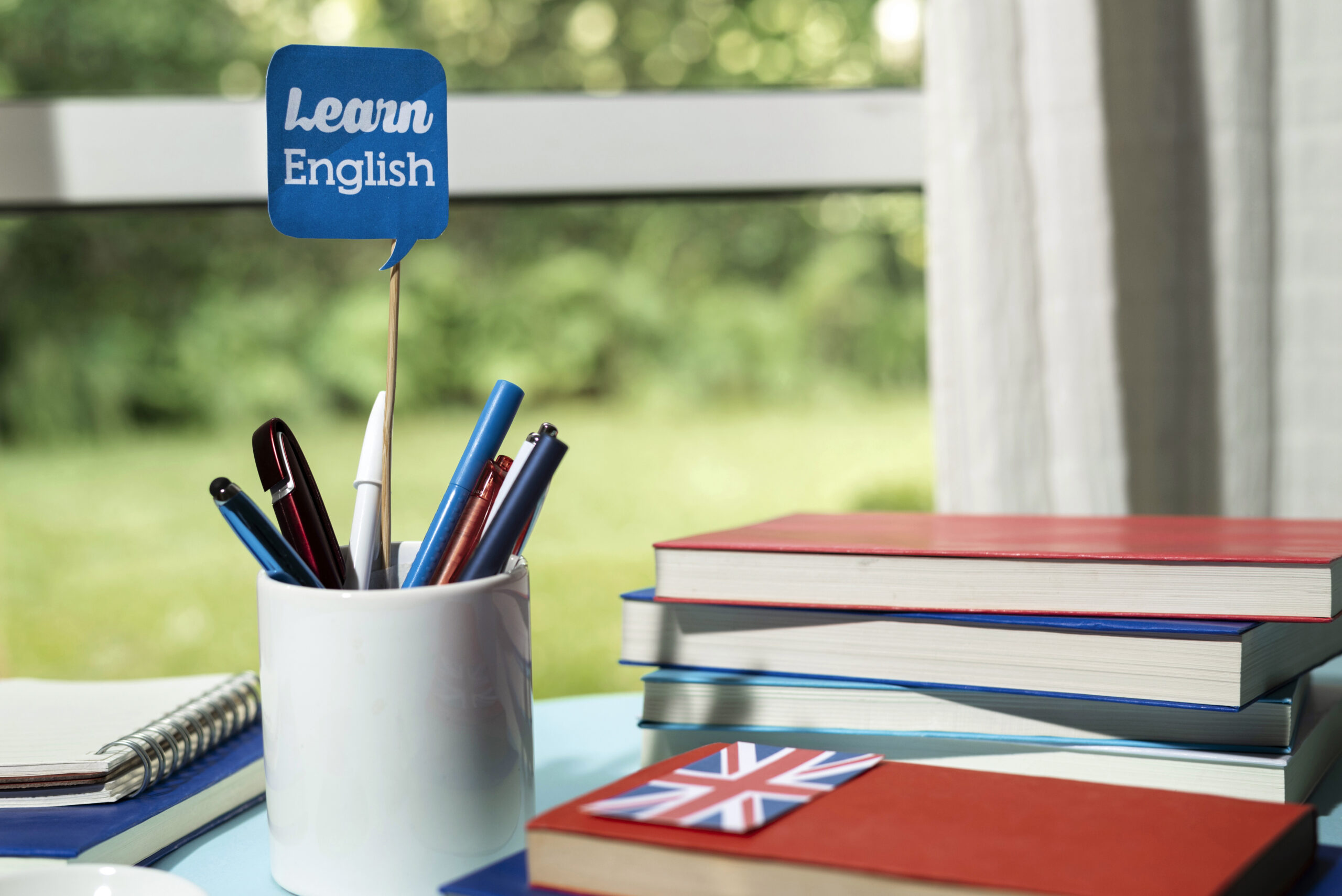Basic Beginner English Course
This is a simple English course for beginners that you can read and use to practice your spoken language. The training will touch on important issues and offer easy exercises to build up fluency in spoken English.
Lesson 1: Greetings and Introductions
Goal: Understand greetings and self-introduction.
Vocabulary:
Hello
Hi
Good morning
Good afternoon
Good evening
Goodbye
My name is…
What is your name?
Nice to meet you
How are you?
I am fine, thank you.
Conversation Practice:
Person A: Hello!
Person B: Hi!
Person A: Good morning!
Person B: Good morning!
Person A: My name is [Your Name]. What is your name?
Person B: My name is [Name]. Nice to meet you.
Person A: How are you?
Person B: I am fine, thank you. How are you?
Exercise:
Say hello to others in the morning, noon, and evening.
Introduce yourself asking somebody’s names too.

Lesson 2: Numbers and Counting
Goal: To learn numbers from one to twenty and how to count objects with them.
Vocabulary:
One
Two
Three
Four
Five
Six
Seven
Eight
Nine
Ten
Eleven
Twelve
Thirteen
Fourteen
Fifteen
Sixteen
Seventeen
Eighteen
Nineteen
Twenty
Lesson 3: Standard Expressions
Objective: Understand and practice standard expressions used in daily life.
Vocabulary:
Kindly
Thanks
Pardon me
I apologize
Affirmative
Negative
Where is the toilet?
How much?
I don’t know.
Can you assist me?
My English is not good.
Conversation Practice:
Person A: Hey, where’s the bathroom?
Person B: It’s right there.
Person A: How much does that cost?
Person B: It costs $10.00.
Person A: Could you be of assistance to me?
Person B: Yes, I can help you out.
Exercise:
Use these phrases while doing your shopping or talking to someone regarding directions.
Practice them with a friend or say them out loud when looking at yourself in a mirror.
Lesson 4: Describing Objects
Objective: Teach how to describe objects using basic adjectives.
Vocabulary:
Big – Small – Long – Short – Heavy – Light – Red – Blue – Green – Yellow –
Conversation Practice:
Person A: What color is your bag?
Person B: My bag is blue-colored.
Person A: Is this book heavy or light?
Person B:. This book weighs heavily on one side at least.
Person A: Is the table big or small?
Person B:. The table takes a lot of space in the room and it is very wide too.
Exercise:
In your room, look around and describe things (e.g., “The chair is small and red”).
When buying anything new or discussing your property, try describing some stuffs inside it as well as what you have already done with such items through this exercise.
Lesson 5: Questions
Objective: Learn how to ask basic questions.
Vocabulary:
What
Where
When
Who
Why
How
What is this?
Where are you from?
When is the meeting?
Who is that?
Why are you late?
How are you?
Conversation Practice:
Person A: What is this?
Person B: It’s a book.
Person A: Where are you from?
Person B: I hail from [Country].
Person A: When is the meeting?
Person B: At 2 PM, the meeting will be held.
Person A: Who is that?
Person B: That person is my friend.
Person A: Why are you late?
Person B:. The bus came and I missed it.
Exercise:
Just practice asking everyday questions about what surrounds you.
Have small talks with friends or relatives while employing these questions as conversation starters.
Lesson 6: Talking About Daily Activities
Objective: Learn how to talk about daily routines.
Vocabulary:
Wake up – Brush teeth – Eat breakfast – Go to work/school – Come home – Eat dinner – Watch TV – Go to bed –
Conversation Practice:
Person A: What time do you wake up?
Person B:. I usually wake up at seven in the morning.
Person A: What do you do after school?
Person B:. When I return home from school, I usually watch television.
Person A:. And when do go to sleep at night?
Person B:. Normally, it is around 10 pm in the night when l am going down the dreamland road or universe where everything changes into black and white for me and visibility is almost none.
Exercise:
Talk to your friend about your day in a few sentences, or write it down.
Practice talking about what you do every day.
Lesson 7: Restaurant Food Ordering
Objective: Acquire knowledge on how to order food and drinks.
Vocabulary:
Menu
Server
Can I have…?
Water
Java
Tisane
Vegetable medley
Dagwood sandwich
Bisque
Legume pie
Pie ala mode
Conversation Practice:
Server: Can I take your order please?
Person A: Yes, can I get a coffee with some sandwich for the time being.
Server: Anything else to drink?
Person A: Yes, water please.
Person A: May I have the bill?
Server: Oh yes, here’s your receipt.
Exercise:
Food and drink will be ordered at a restaurant.
Students will act out scenes involving waiters and customers taking turns in each role.
Lesson 8: Giving Directions and Asking about Locations!
Objective: Learn how to ask for and give directions.
Vocabulary:
Leftwards turn
Rightwards turn
Straight ahead
Close
Far away
Beside
Backward
In front of at the front of in actual fact,
How can I get…to?
Go straight forward/left/right Conversation Practice:
Guide me to the train station Person A says. Person B responds ‘go straight then left.’
Is there any bank nearby?” asks person A “Yes” says person B “by the supermarket”
Exercise:
Directions will be asked or given by students.
A student should use a map or their location as they direct someone or ask for directions from someone else around them .
Final Practice:
Each lesson is to be revised every day, and speaking practice should be done.
Talk as much as possible in English to other people
Improve your pronunciation by recording yourself speaking.
This elementary course of conversational English will assist beginners in creating a strong foundation in the ability to speak in English. Encourage them to keep practicing and let them know it will take time for improvement.








